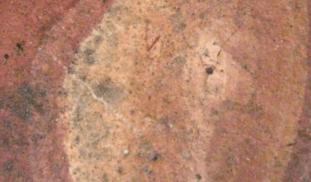Please wait...
About This Project
This innovative, collaborative project addresses whether infrared spectroscopy can be used to characterize organic residues on fire-cracked rocks (FCR), enabling archaeologists to accurately identify what was cooked in earth ovens. To do so, I will create a reference collection and test both modern experimentally produced residues and residues from archaeological FCR. Some initial work has already been published - there's a link below.
More Lab Notes From This Project

Browse Other Projects on Experiment
Related Projects
If Lara Croft had a laser gun: Chemical analysis of residue on archaeological stone
This innovative, collaborative project addresses whether infrared spectroscopy can be used to characterize...


